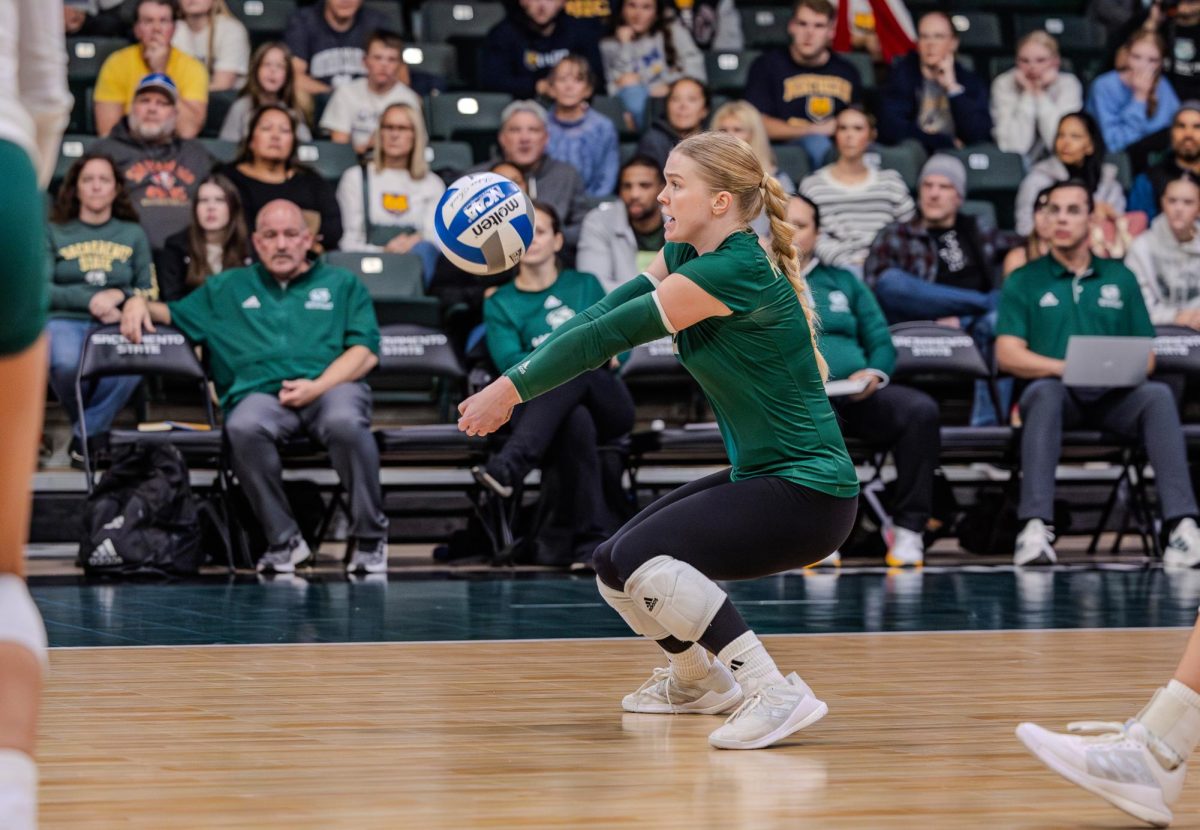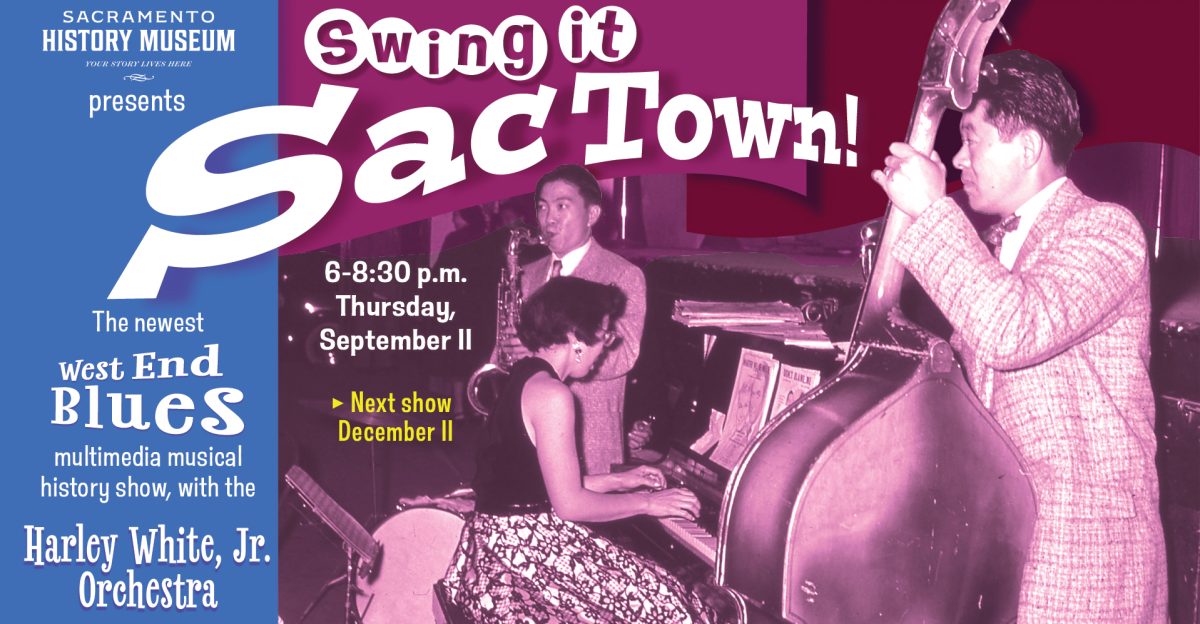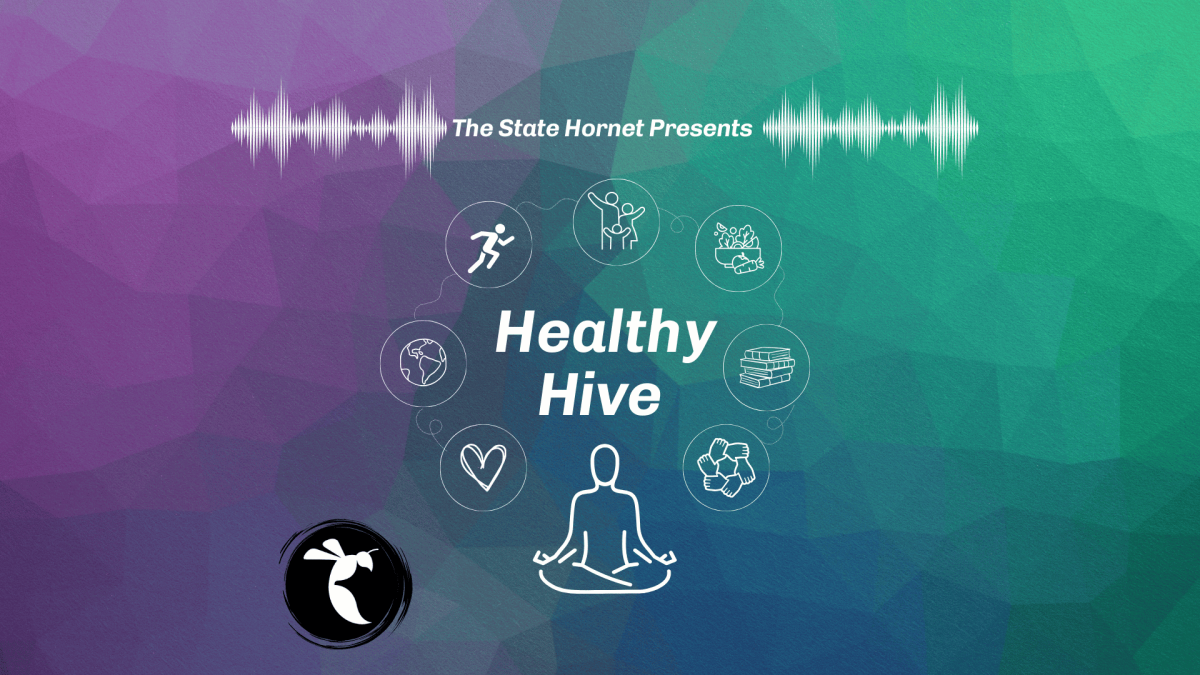Opinions differ on tanning harm
February 20, 2009
Despite the dreary weather, spring is upon us. It is not just a time for sweet cocktails with umbrellas placed in them but also a time for bikinis, tight bodies, short skirts, spaghetti straps and a really good tan. But how do you go about getting that tan?
Michael Blore, owner of California Sun Tanning, has been in the tanning business for 16 years and insists that there is more to tanning than people give it credit for.
“Today there is a UV deficiency epidemic (a lack of Vitamin D intake), but sunlight is what your body needs to survive,” Blore said. “Tanning is a lifestyle.”
The months before spring break are some of the busiest months that tanning salons go through, Blore said.
Blore hopes to offer his clients much more than just tanning.
“We sell an experience,” he said. “We want them to walk away feeling good. We are not a proponent for overexposure; tanning should not be abused, just like drinking shouldn’t be abused.”
According to The American Tanning Institute, people who go indoor tanning are able to regulate the amount of ultraviolet light they are absorbing into their skin. UV is a component of sunlight.
Rick Matoon, president of The American Tanning Institute, said a lot of research goes into the development of a tan. There are many ways to build a base tan such as getting a special type of tanning lotion and knowing what lotions will work well with the amount of melanin in your skin.
“They (tanning salons) are also at a great advantage by having access to the control that goes into the indoor-tanning process,” Matoon said.
Chelsea Carney, who works for Amazing Tans, said tanning makes her feel relaxed.
“It gives me color, and makes me feel good after I do it,” Carney said. “I don’t like to do it excessively but I do it just to get a little bronzed.”
Carney said that those who work at tanning salons are all trained to make sure everybody is tanning safely, making sure they are not going for too long or forgetting to wear eye wear. They must make sure that those with more sensitive skin do not overexpose themselves.
“Twenty minutes of tanning in a bed is equal to about 100 glasses of milk full of Vitamin D,” Carney said.
However, doctors are always skeptical of indoor tanning, insisting that it may lead to melanoma, skin cancer.
Since indoor tanning is quicker, most people are getting three hours worth of UV exposure in only 20 minutes and this could be seen as dangerous.
In an interview with WebMD in January 2006, Dr. Jody A. Levine, pediatrician and senior dermatology resident at the State University of New York’s Downstate Medical Center in Brooklyn, stated that indoor tanning is a serious matter.
“We know that ultraviolet radiation is a carcinogen just like tobacco,” Levine told WebMD. “Radiation use has been declared a carcinogen by the National Institutes of Health. And the World Health Organization recognizes that no person under 18 should use a sun bed.”
With these types of remarks from health officials, many people are pushed away from the indoor-tanning scene.
Blore wants people to try tanning before they dismiss it.
“How about you go out and look for the pros and cons of tanning, and then try it for yourself. With a little tan, women may feel more confident” Blore said.
Some people like to tan indoors because it is done quickly, while others enjoy tanning by laying in the sun.
Some Sacramento State students are getting ready for spring break by heading to a local tanning salon and are not afraid whatsoever.
Alexa Garcia, undeclared freshman, goes to the tanning beds to simply get some color.
“It is easy for me to get a tan. The weather is not too sunny right now,” Garcia said, “so why not go indoor tanning? It is essentially the same thing.”
Junior Andrea Posadas agrees with Garcia.
“If you tan you don’t have to do it every day,” Posadas said. “You can tan only once a week if you really want to. It is just whatever your preference is.”
Vanessa Johnson can be reached at [email protected].























































































































